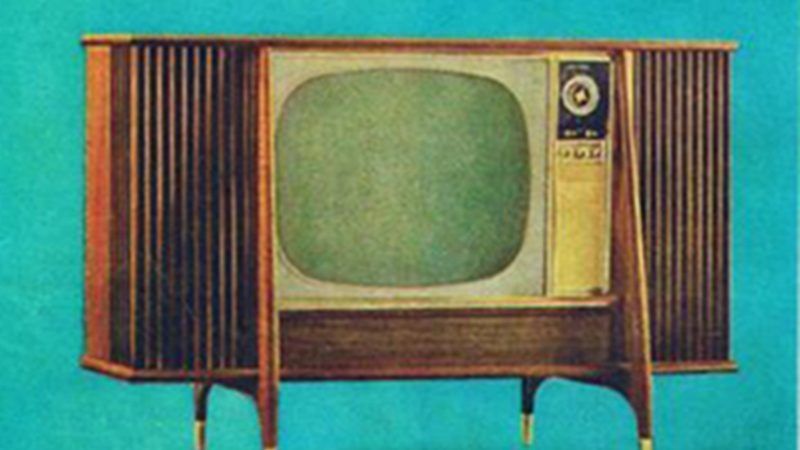Better, Faster, Cheaper
Americans have more wealth than we could have ever imagined.


The living standards of Americans have vastly improved during the past 50 years, with the quality of available consumer products steadily rising even as their prices have steeply fallen.
In 1968, Americans could buy a top-of-the-line 19.3-cubic-foot refrigerator for $499.95. In 2018 dollars, that's $3,695. Today, consumers can purchase a 21-cubic-foot Kenmore with external water and ice dispenser for $999.99 at Sears—a 73 percent price drop, in real terms.
The downward trend in television prices has been even more dramatic. In 1968, an Admiral Color 23-inch TV cost $349.95, or about $2,586 today. Consumers had to walk across the room to switch between three national networks. Best Buy now sells a 24-inch smart TV for $139.99—nearly a 95 percent price reduction. It comes with a remote as well as instant access to more TV shows, internet programming, and films than a person could watch in a lifetime.
A 5,000-Btu air conditioner in 1968 was advertised at $99 ($800 in 2018 dollars). Walmart will today sell you a Frigidaire 5,000-Btu unit for $129.99, amounting to an 84 percent drop in price.
The first countertop microwave oven available for domestic use was the Amana Radarange in 1967, priced at $495 ($3,793 now). Today, a Hamilton Beach countertop microwave at Walmart—1,000 watts, 1.1 cubic feet—will run you $75. That's a 98 percent drop in price.
When Texas Instruments introduced the TI-2500 "Datamath" consumer calculator in 1972, it weighed 12 ounces and cost $149.99 ($920 in 2018 dollars). Today, the company's solar-powered TI-30X IIS Scientific Calculator weighs 4.8 ounces and will calculate trigonometric functions, square roots, logarithms, and linear regressions. Walmart offers it discounted at $8.88. Ignoring the huge increase in functionality, that is a drop of 99 percent.
One very crude way to measure just how much improved technology has increased consumer well-being would be to consider the discount en masse. To purchase a refrigerator, a color TV, a record player, an air conditioner, a microwave, and a calculator roughly five decades ago, the average family would have had to spend $12,155 in today's dollars. Buying similar (though vastly improved) products today would cost just $1,404. That's a reduction in real prices of more than 88 percent. And of course, virtually every household now has at least one cellphone and/or computer—two categories of products that could not have been acquired for any amount of money in 1968. Americans have more wealth than we could have ever imagined.
This article originally appeared in print under the headline "Better, Faster, Cheaper."


Show Comments (123)